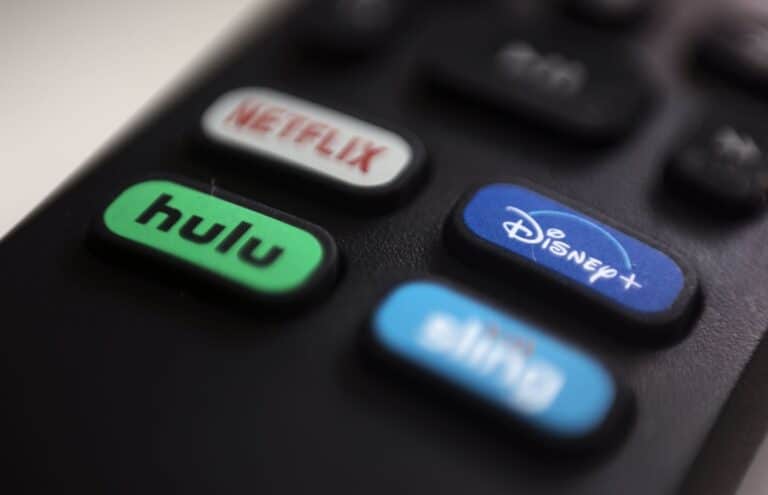
<a href=”https://www.washingtontimes.com/topics/walt-disney-co/”>Walt Disney Co</a>. said it will acquire a 33% stake in <a href=”https://www.washingtontimes.com/topics/hulu/”>Hulu</a> from <a href=”https://www.washingtontimes.com/topics/comcast/”>Comcast</a> for approximately $8.6 billion, a deal that will give <a href=”https://www.washingtontimes.com/topics/walt-disney-co/”>Disney</a> undisputed control of the streaming service. <a href=”https://www.washingtontimes.com/topics/walt-disney-co/”>Disney</a> has actually run Hulu since 2019, when <a href=”https://www.washingtontimes.com/topics/comcast/”>Comcast</a> ceded its authority to <a href=”https://www.washingtontimes.com/topics/walt-disney-co/”>Disney</a> and effectively became a silent partner.
<a href=”https://www.washingtontimes.com/topics/walt-disney-co/”>Disney</a> offered no comment beyond saying the acquisition will “further <a href=”https://www.washingtontimes.com/topics/walt-disney-co/”>Disney</a>’s streaming objectives.”
<a href=”https://www.washingtontimes.com/topics/hulu/”>Hulu</a> began in 2007 and quickly evolved into a service backed by entertainment conglomerates who hoped to stave off the internet with an online platform for their own TV shows. <a href=”https://www.washingtontimes.com/topics/walt-disney-co/”>Disney</a> joined in 2009, planning to offer shows from ABC, ESPN and the Disney Channel. A decade later, <a href=”https://www.washingtontimes.com/topics/walt-disney-co/”>Disney</a> gained majority control of the business when it acquired <a href=”https://www.washingtontimes.com/topics/21st-century-fox/”>21st Century Fox</a>.
<a href=”https://www.washingtontimes.com/topics/walt-disney-co/”>Disney</a> has treated Hulu as one of its own services for years — for instance, when it launched its own streaming service, <a href=”https://www.washingtontimes.com/topics/walt-disney-co/”>Disney</a>+, in 2019 and immediately offered a streaming bundle that included Hulu, <a href=”https://www.washingtontimes.com/topics/walt-disney-co/”>Disney</a>+ and ESPN+.
More recently, amid increasing pressure on streaming services brought on by untrammeled expansion, low prices and widespread password sharing, <a href=”https://www.washingtontimes.com/topics/walt-disney-co/”>Disney</a> has promised its own crackdown on non-paying users and raised prices for ad-free versions of <a href=”https://www.washingtontimes.com/topics/walt-disney-co/”>Disney</a>+ and <a href=”https://www.washingtontimes.com/topics/hulu/”>Hulu</a> by 20% to 27%. CEO Bob Iger said in August that the increases were designed to steer consumers toward cheaper ad-supported versions of those channels, whose subscription prices did not change.
The advertising market for streaming is “picking up,” Iger said at the time, noting that it’s healthier than traditional TV ads. “We’re obviously trying with our pricing strategy to migrate more subs to the advertising supported tier.”


